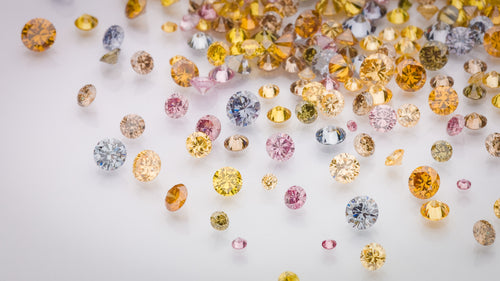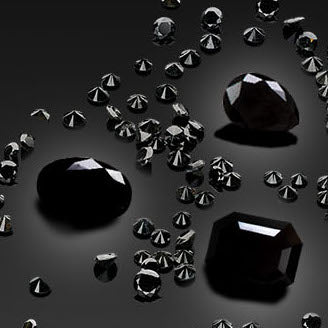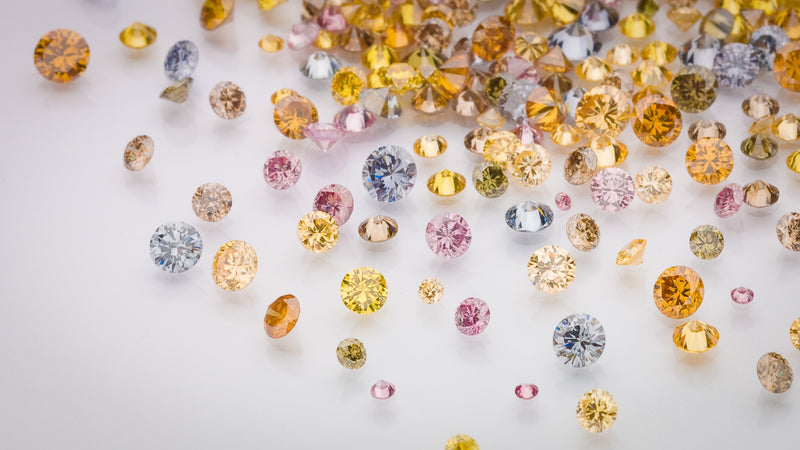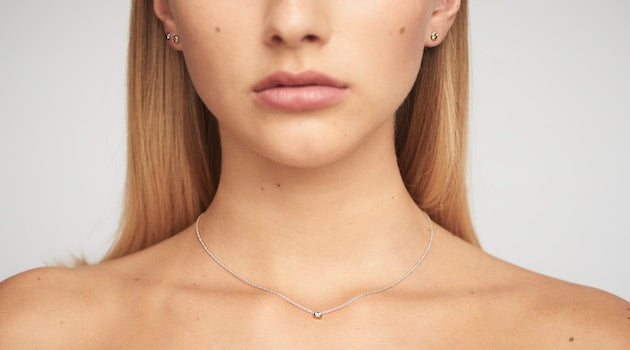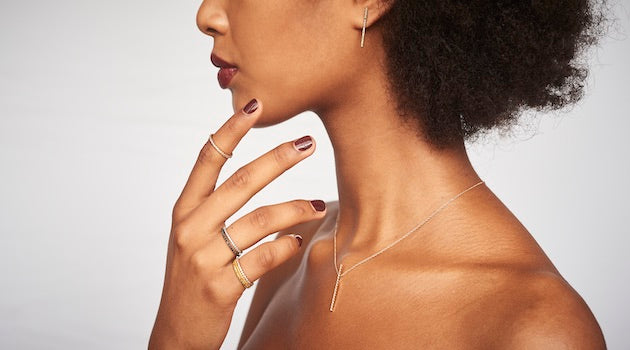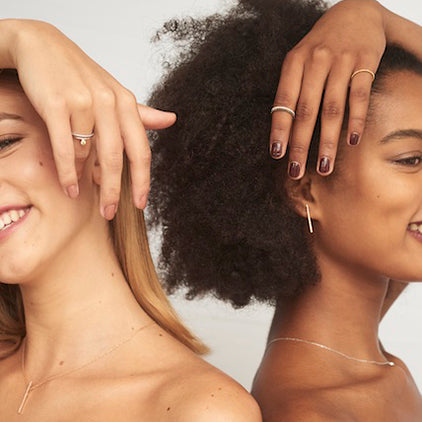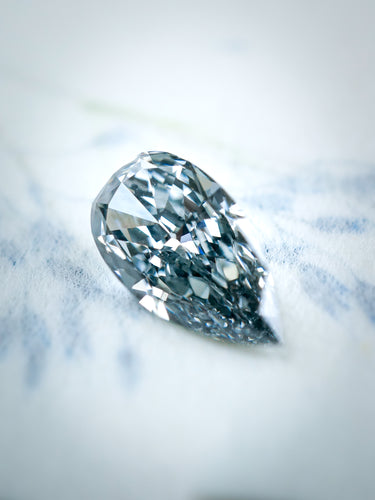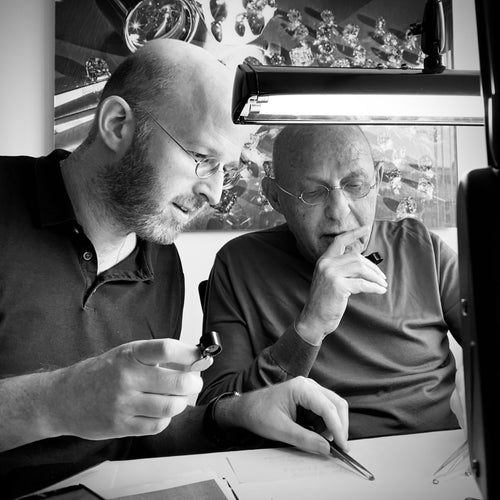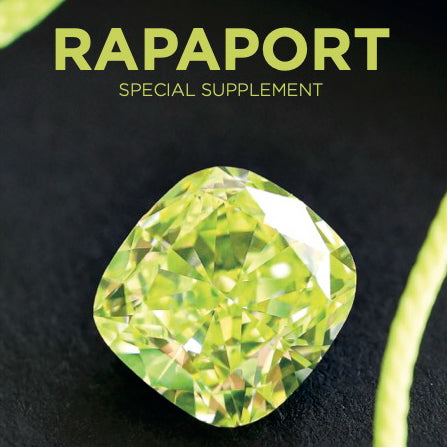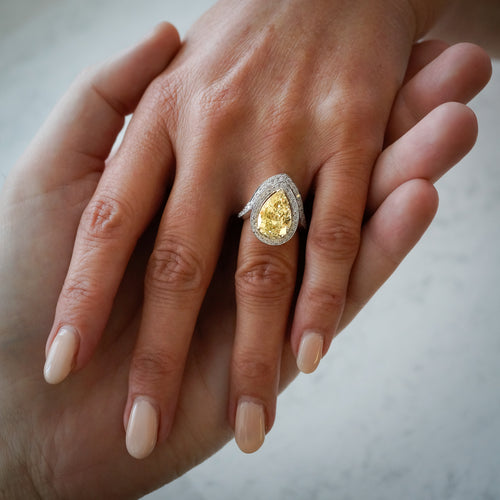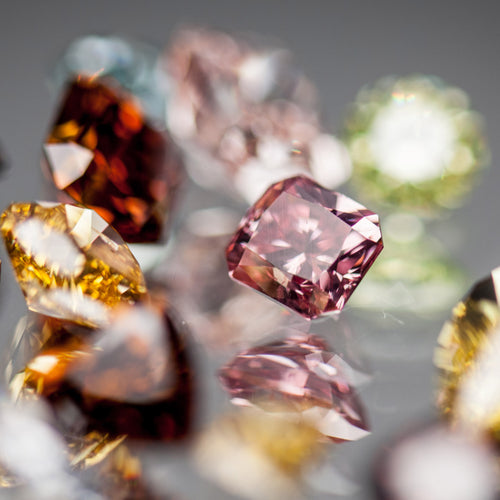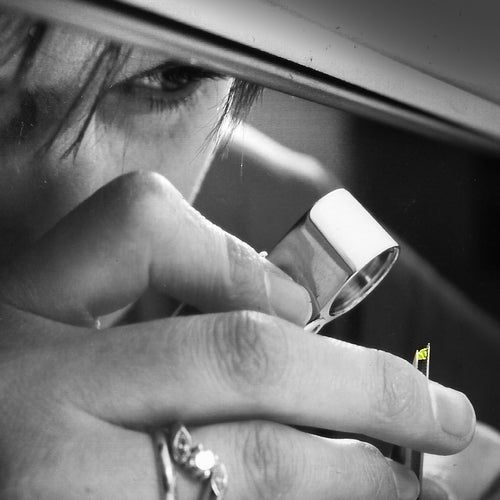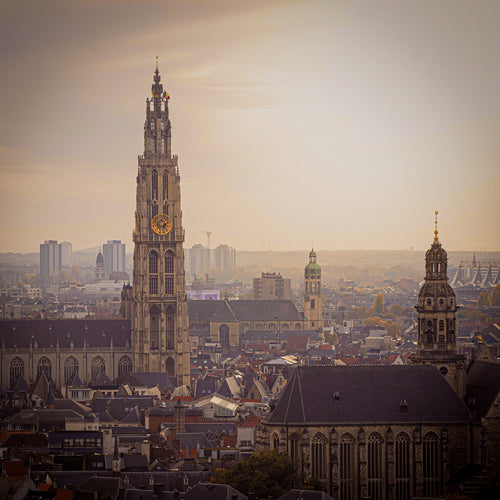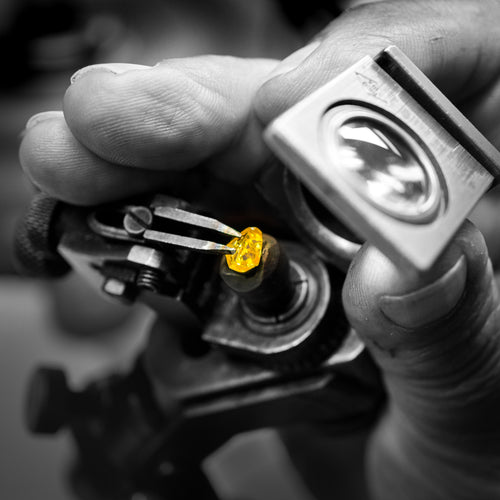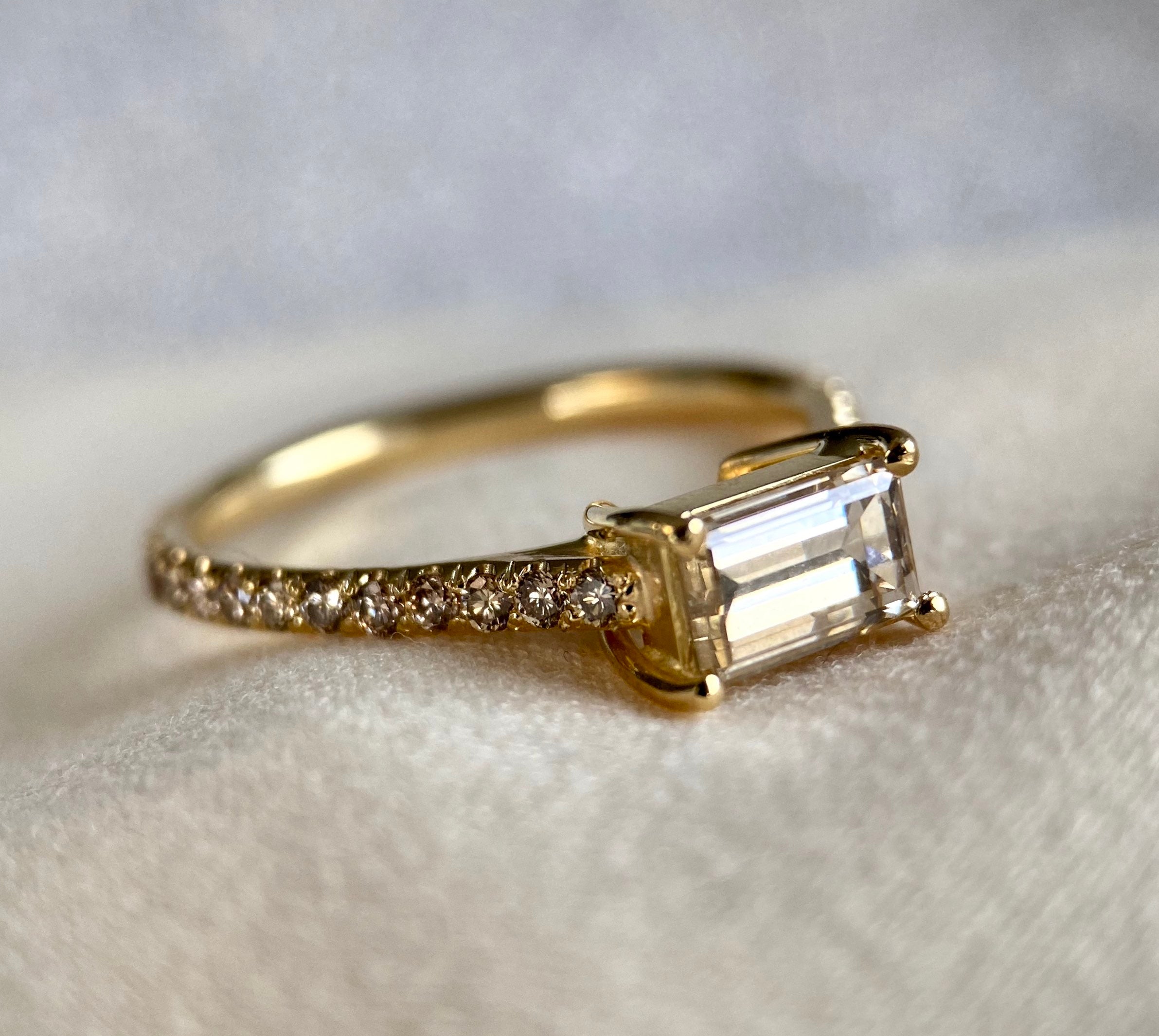



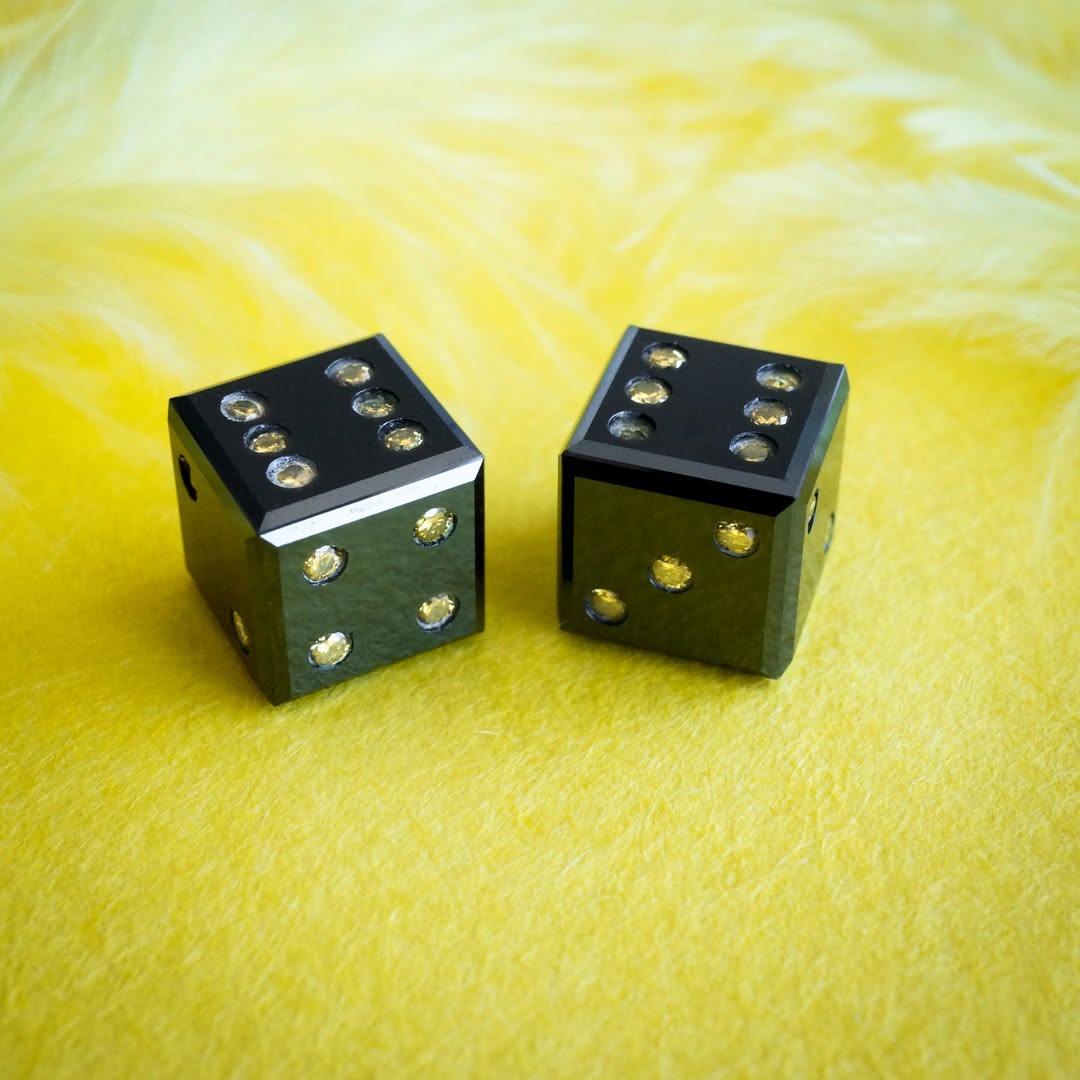
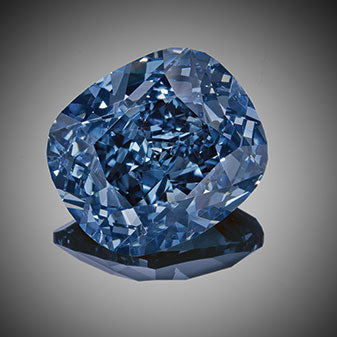
Diamonds in History: Myths, Legends, and the Magic of Color
For thousands of years, colored gemstones have fascinated humanity. From royal treasuries to whispered legends, sapphires, rubies, and emeralds have symbolized power, wealth, and mystery. But diamonds hold a special place in both folklore and history, they’re the ultimate crown jewel of unmatched brilliance. Natural diamonds have captivated entire cultures with shades of pink, green, blue, yellow, and beyond.
Early Significance of Diamonds
Long before modern gemology, diamonds were seen as supernatural objects. Ancient Indian texts describe them as vajra, meaning both thunderbolt and diamond—symbols of invincible power. In Hindu mythology, diamonds were believed to protect their wearer from evil and grant courage in battle.
The Greeks and Romans carried similar reverence. Some interpretations of Plato’s work suggest he believed diamonds to be celestial beings, while Roman poets called them fragments of fallen stars. Many cultures also ascribed them healing powers, believing they could cure ailments or ward off poison.
Diamonds as Symbols of Power and Magic
Throughout history, diamonds were never just ornamental. They were status symbols, political tools, and talismans. Rulers gifted diamonds to secure alliances. Families guarded them as heirlooms of power. Esoterics linked them to good fortune.
Fancy colors added another layer of meaning:
- Green represented fertility and renewal.
- Blue was linked to virtue, spirituality, and nobility.
- Yellow was connected to warmth, joy, and prosperity.
These symbolic associations gave natural color diamonds an aura of mystique that continues to fascinate and captivate us today.
Read next: Colors and Traditions
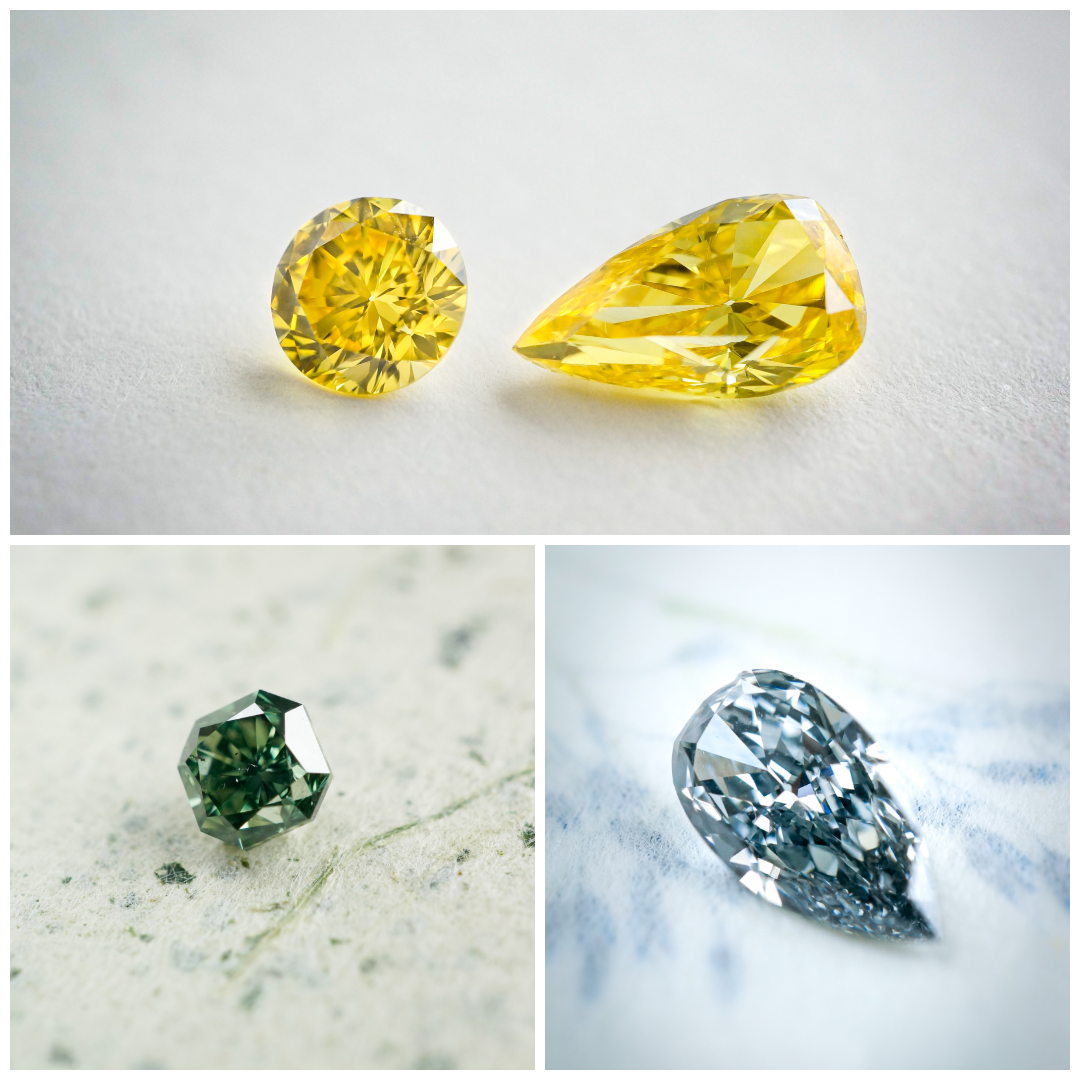
The Science Behind the Allure
Today, we understand what ancient cultures couldn’t explain: the secret to the legendary colors of diamonds lies in atomic impurities and extraordinary geological events.
- Nitrogen impurities produce yellow and orange tones
- Boron inclusions create all kinds of blue hues
- Radiation exposure created green diamonds
- Pink and red diamonds are oftentimes the product of distortions in the crystal lattice
These trace elements and structural anomalies make each fancy color diamond truly one-of-a-kind.
The Legendary Golconda Mines
Some of history’s most storied diamonds can trace their origins to the Golconda mines of India. Between the 16th and 18th centuries, these mines yielded diamonds of unmatched clarity and size, including stones that later became part of royal regalia in Europe and Asia.
Golconda diamonds are especially known for their purity: often Type IIa, meaning they lack nitrogen impurities that cause yellow hues. This makes them exceptionally colorless or capable of exhibiting remarkable transparency. But Golconda also produced deep colors, including the famed Hope Diamond and others of legendary status.
These mines fueled the global diamond trade for centuries, contributing to the wealth of Indian rulers, Persian emperors, and European aristocracy.
The Dresden Green Diamond
Among the world’s most unique treasures is the Dresden Green Diamond, an impressive 41-carat stone. Its color comes not from impurities, but from natural radiation exposure during its formation beneath the earth, which altered its crystal structure resulting in a rare green hue.
The Dresden Green is extraordinary not only for being the largest, pure green diamond known, but also for its nearly flawless clarity.
Discovered in the early 18th century, the Dresden Green became part of the Saxon royal jewels. Today it is housed in the Green Vault Museum in Dresden, Germany, where it remains one of the most studied diamonds in the world.
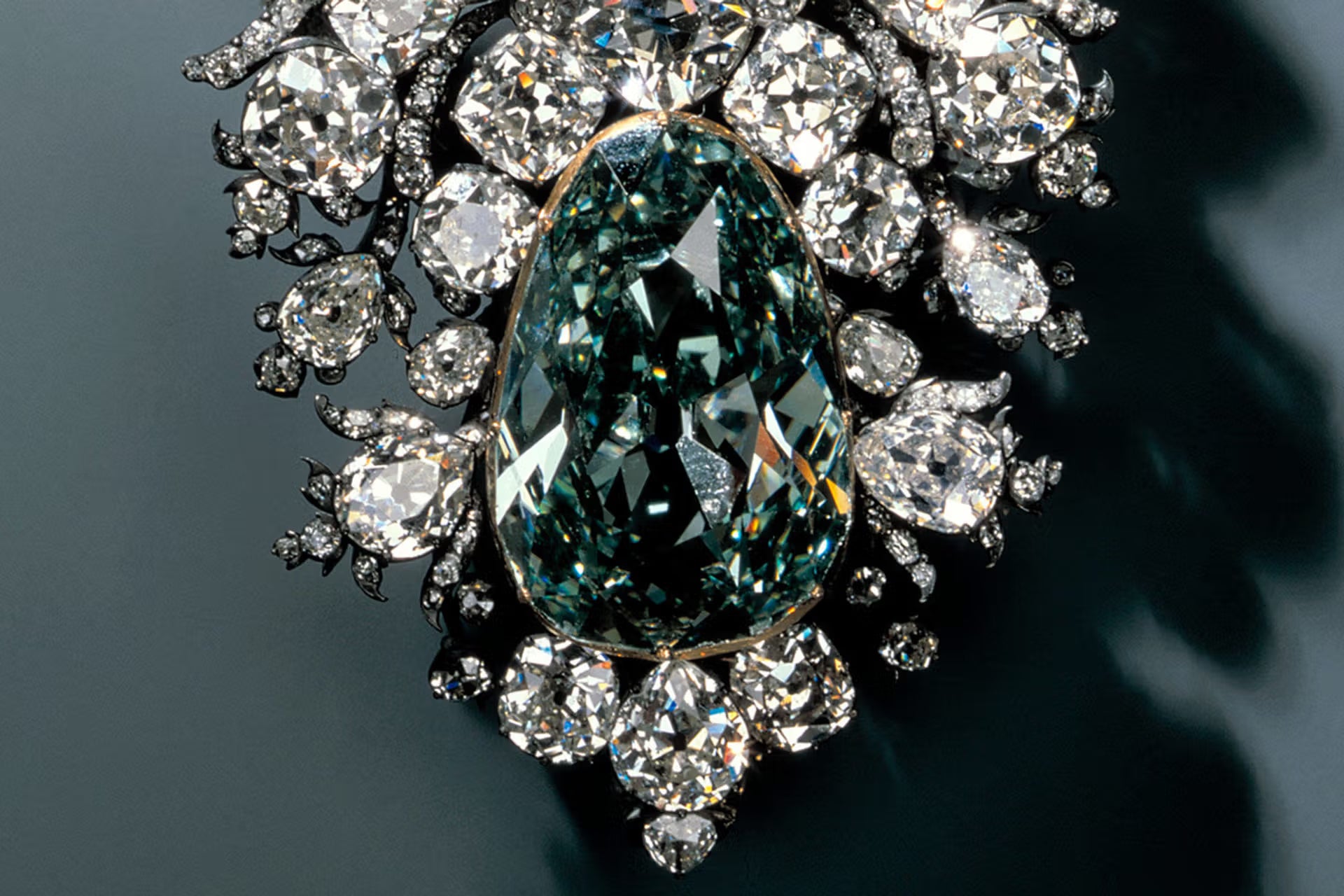
The Hope Diamond
Perhaps no other gem has inspired as much fascination—and fear—as the Hope Diamond. At 45.52 carats, this Deep Blue diamond owes its color to the presence of boron atoms. Boron absorbs red light, giving the stone its unforgettable ocean-like hue.
Read more: The Complete Guide to Natural Blue Diamonds (Updated 2025)
Originating from the Golconda mines in the 17th century, the stone first appeared in France, where it was owned by King Louis XIV. After the French Revolution, it disappeared, only to resurface years later in London. Over time, its owners included aristocrats, bankers, and eventually the American heiress Evalyn Walsh McLean, before it was donated to the Smithsonian Institution in Washington, D.C., where it resides today.
Stories of misfortune followed some of its owners, fueling the rumors of a so-called curse while cementing the diamond’s place in history as a mysterious stone.
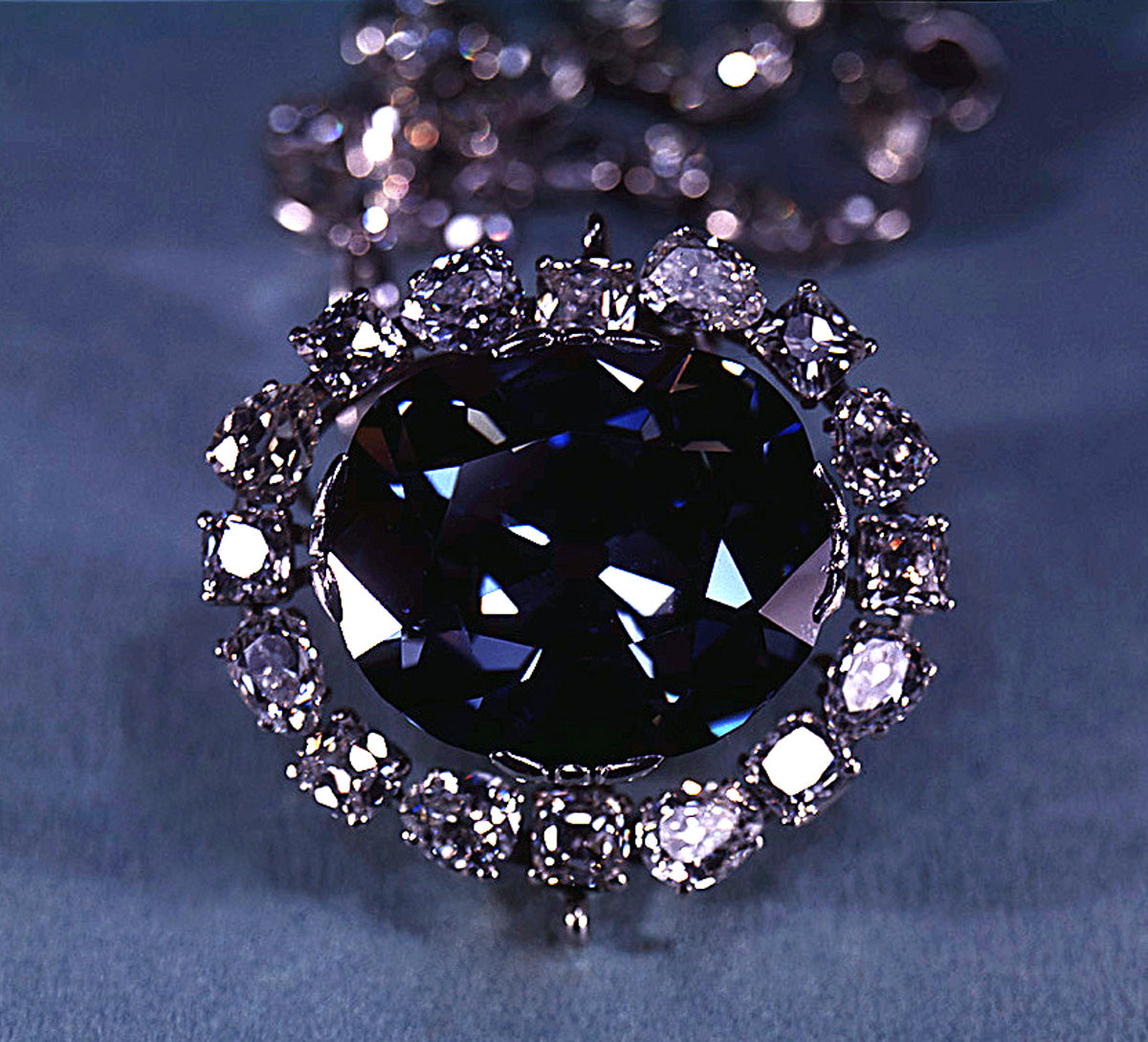
The Eternal Sunshine of Yellow Diamonds
Weighing an astonishing 128.54 carats, the Tiffany Yellow diamond is perhaps the most famous yellow diamond. Discovered in South Africa in 1877, it was cut into a cushion shape with 82 facets, maximizing its fiery brilliance. The diamond became a symbol of Tiffany &., worn only by a select few, including Audrey Hepburn in the promotional photos for the film Breakfast at Tiffany’s.
Ranging from pale canary to vivid golden hues, natural color diamonds remain among the most timeless and sought-after fancy colors.
Lear more about natural yellow diamonds with our Complete Buying Guide to Natural Yellow Diamonds (Updated 2025)
The Marie-Thérèse Pink Diamond
Another extraordinary chapter in diamond history comes from France’s most famous queen. The Marie-Thérèse Pink Diamond, a 10.38-carat fancy purple-pink stone, was once owned by Marie-Thérèse d’Angoulême, the only surviving child of Queen Marie Antoinette.
The diamond’s journey began in the turmoil of the French Revolution. Before her failed escape from Paris in 1791, Marie Antoinette entrusted her jewels to her loyal coiffeur, who smuggled many of them abroad. Among the treasures later inherited by her daughter was this remarkable pink diamond. Passed through European royal families for generations, it eventually resurfaced in the 20th century, its provenance intact.
In 2025, Christie’s presented the diamond reimagined by legendary jeweler JAR. Set in a bold ring surrounded by pavé diamonds and topped with a fleur-de-lis motif, the stone made headlines around the globe when it was sold for nearly $14 million.
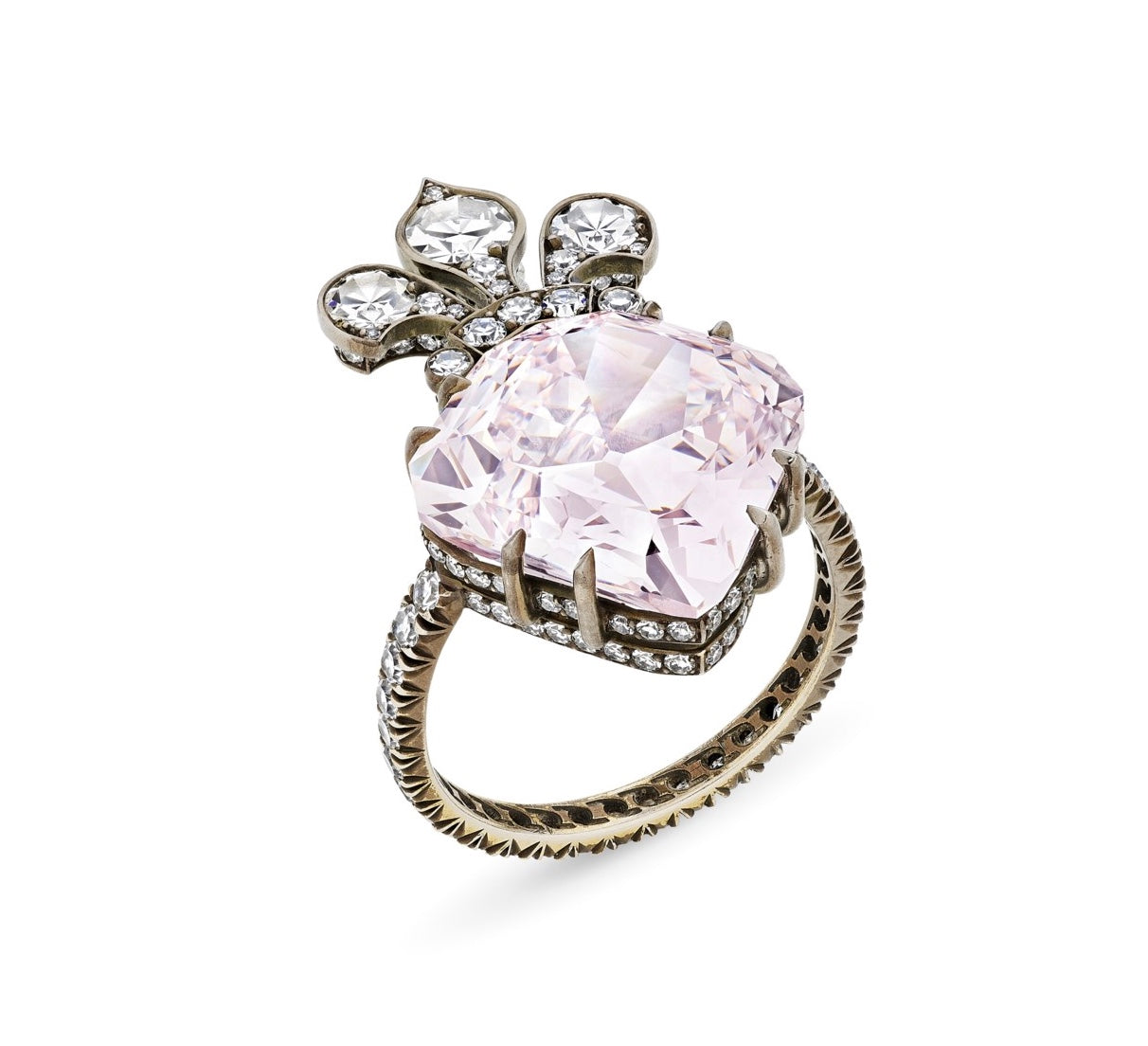
Immortalize your own stories
When it comes to natural color diamonds, each hue tells a geological story, written in trace elements over millions of years. Design a unique piece that tells your own story with Langerman Diamonds.
Learn more about the process of creating a bespoke jewel with us.
